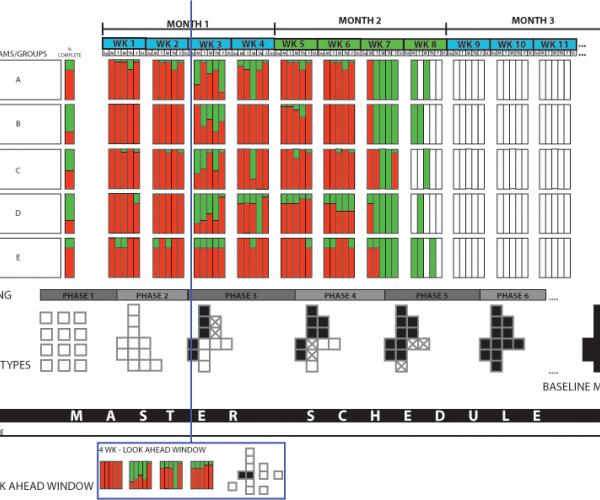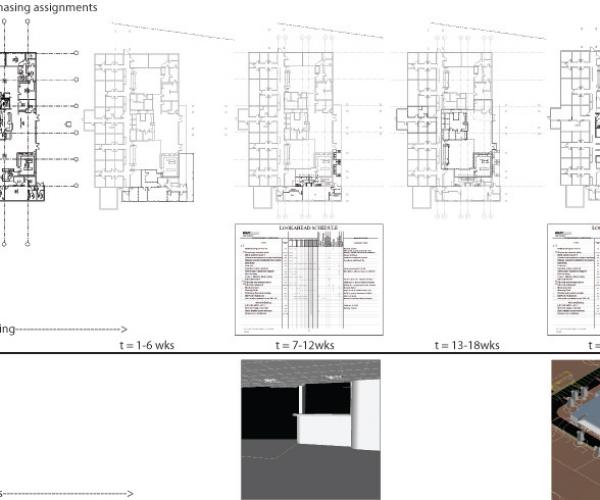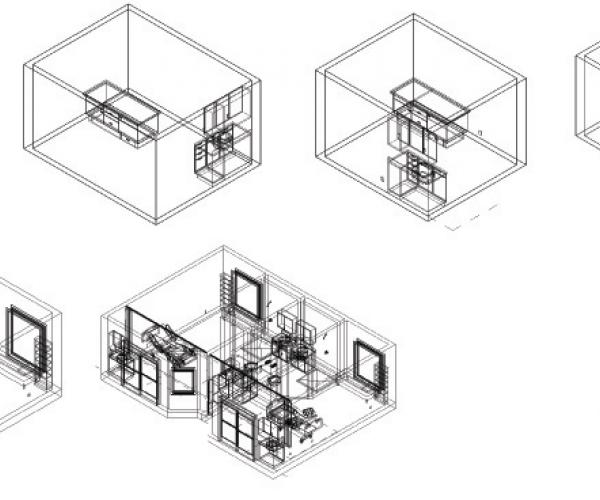BIM + HEALTHCARE
: On the view of a primary healthcare renovation project
Currently BIM is at the forefront of the building industry. While useful for various building types the definitive nature of healthcare design benefits from the BIM process largely in comparison to other building types. In this paper BIM is employed for phasing the design process of the healthcare project, creating modelling prototypes and making reference to a baseline model in order to increase the overall success of the healthcare design project.
DESCRIPTION
In this research, the initial setup for applying building information modelling (BIM) in the healthcare design took a significant amount of time. This involved making decisions about what types of information are foundational and have priority throughout the design process and affect important decisions. Both building and healthcare professionals are responsible for continuous information exchange in order to utilise the collected data with BIM for applying evidence-based design (EBD) in the process of healthcare design development. The phasing, prototyping, and baseline model of BIM become a solid foundation for updating future redesign projects and as a standalone report of collected data for contributing to EBD. Results from the case study using these strategies reveal the learning curve for using BIM tools and applications in healthcare design is still challenging even though the productivity and quality of this healthcare renovation project increase remarkably with the suggested methods of BIM. Currently BIM tools adequately support information transfers among building professionals compared to healthcare professionals. Therefore, each profession must be represented by its own BIM manager to facilitate the information and guide the BIM process for healthcare design. Until now, sharing of information is recognisably seamless when Autodesk applications are the main tools for design. However, in order to truly achieve promises of BIM, the sharing of information should not be exclusively based on the setup of the specific computer applications. BIM needs be brought down to raw data for their redistribution among other BIM tools outside of Autodesk package.
Our understanding of where we live
is not so philosophical but rather pragmatic
Understanding urban environment with quantifiable measures has been the source of debates
Well then becomes the one of heated discussions … now possiblly the one of main trends




